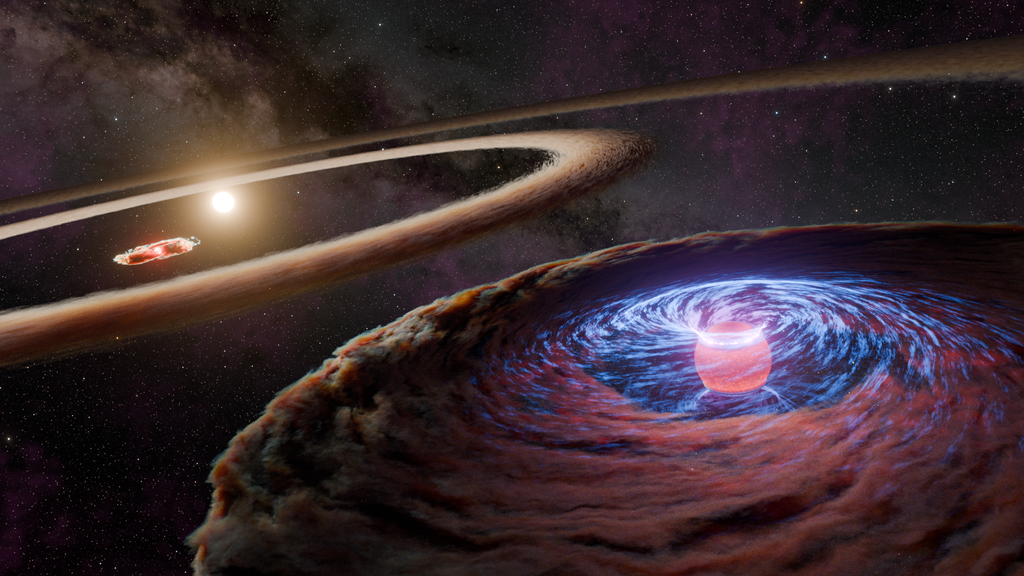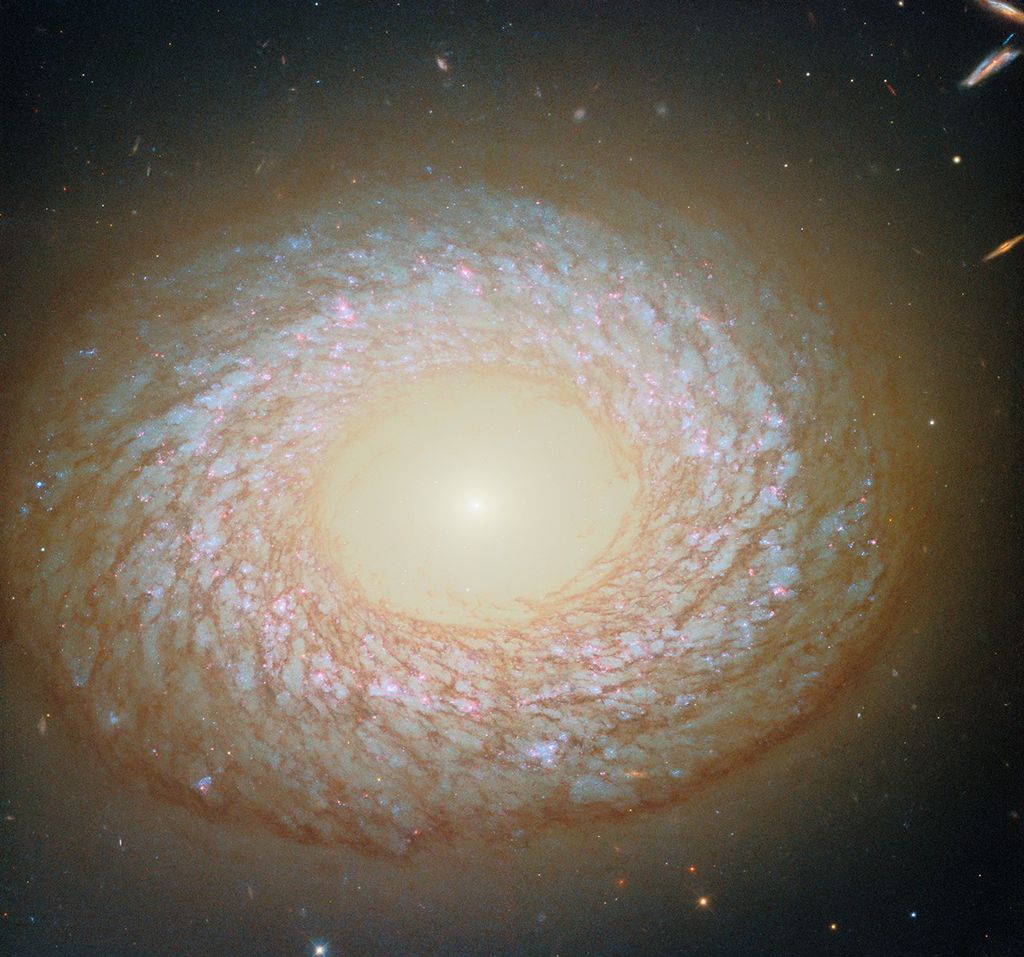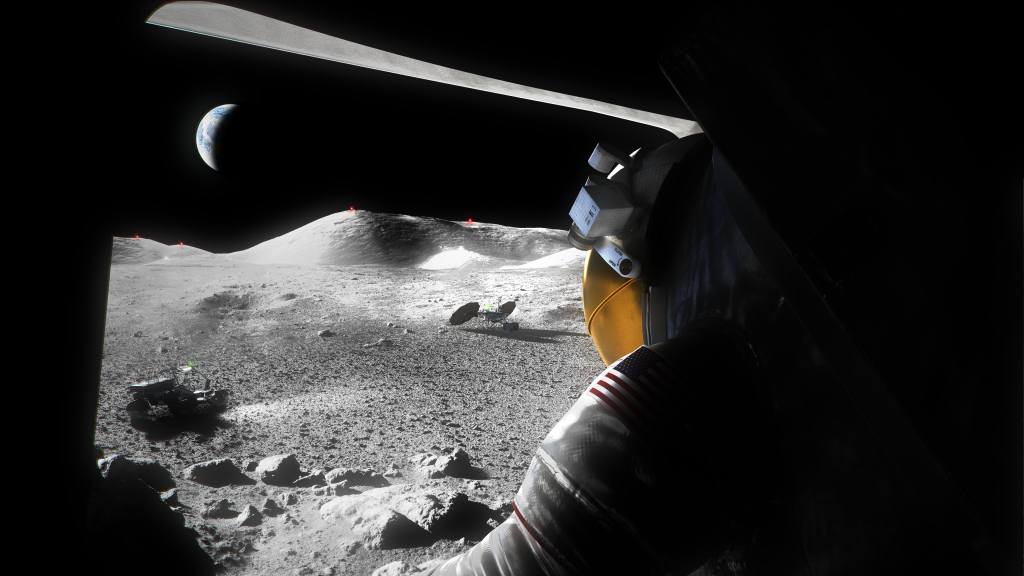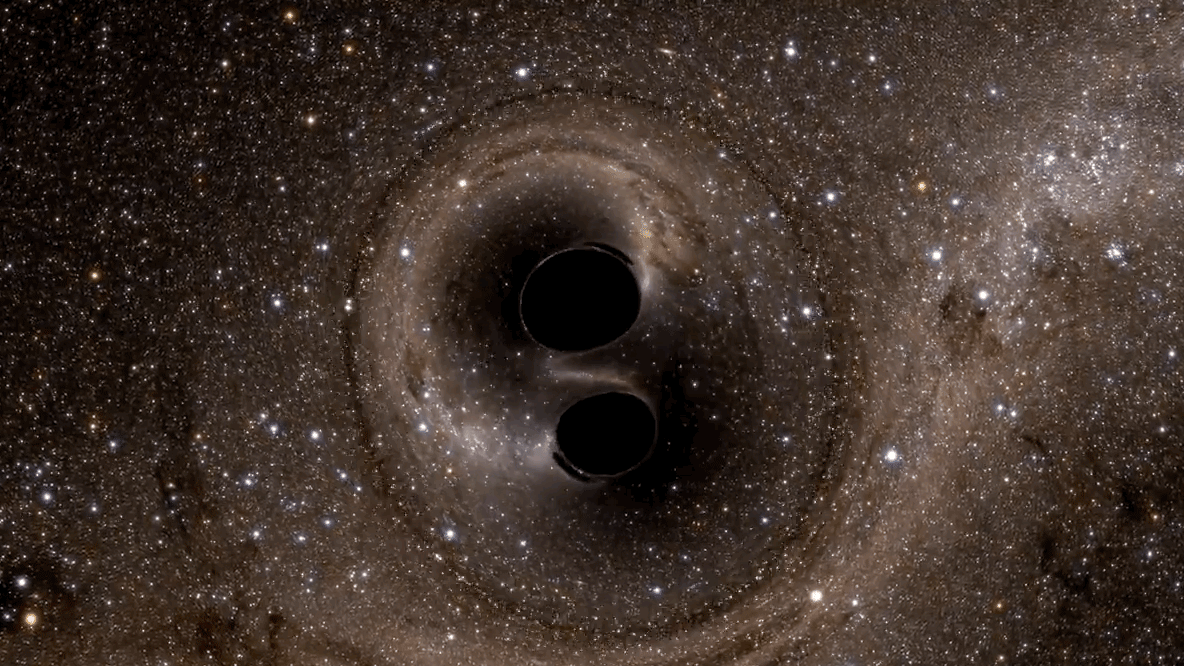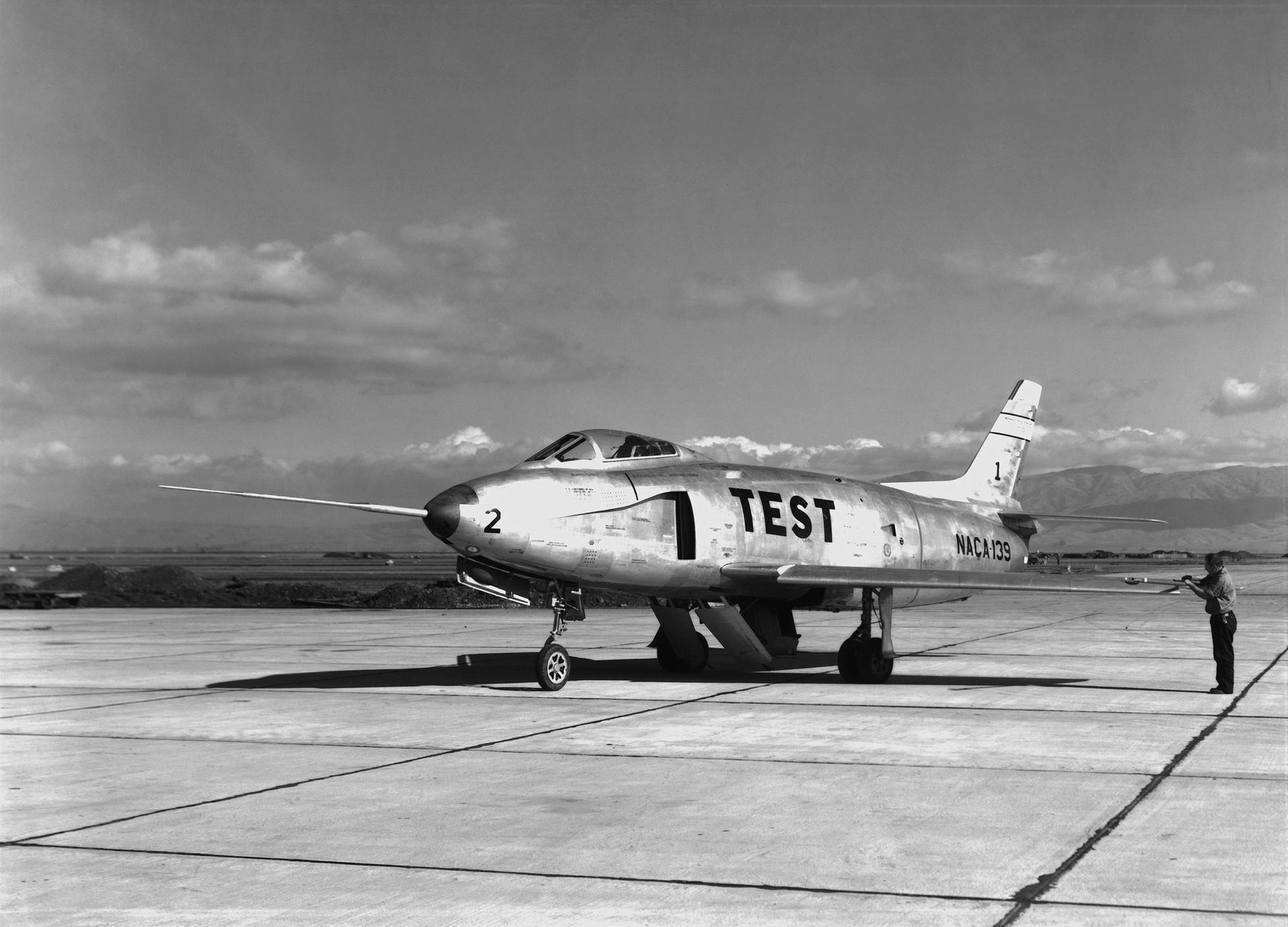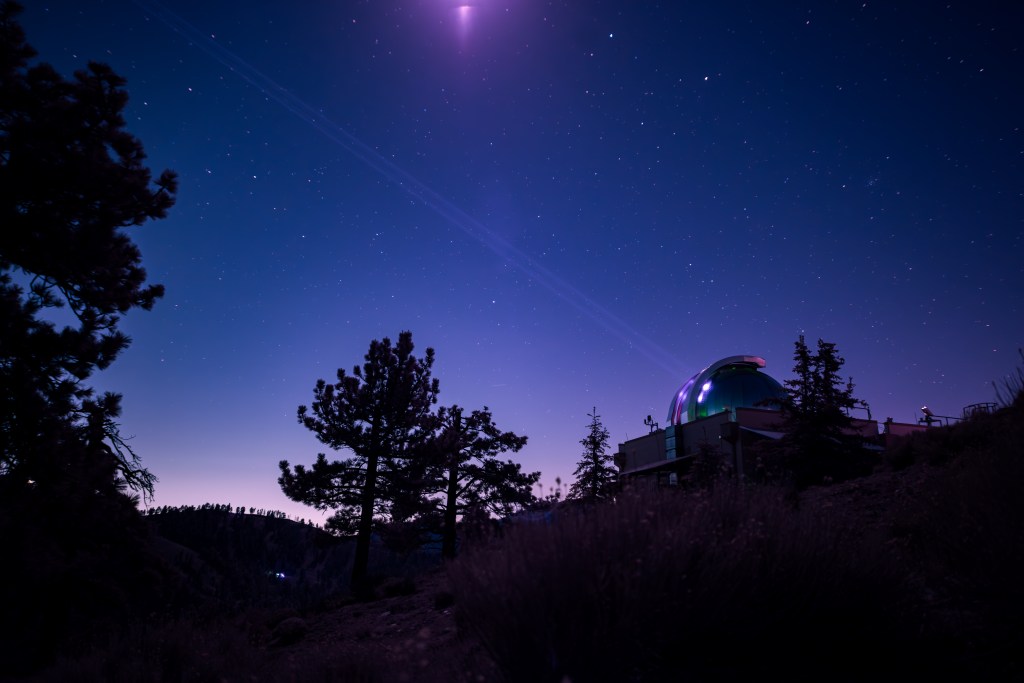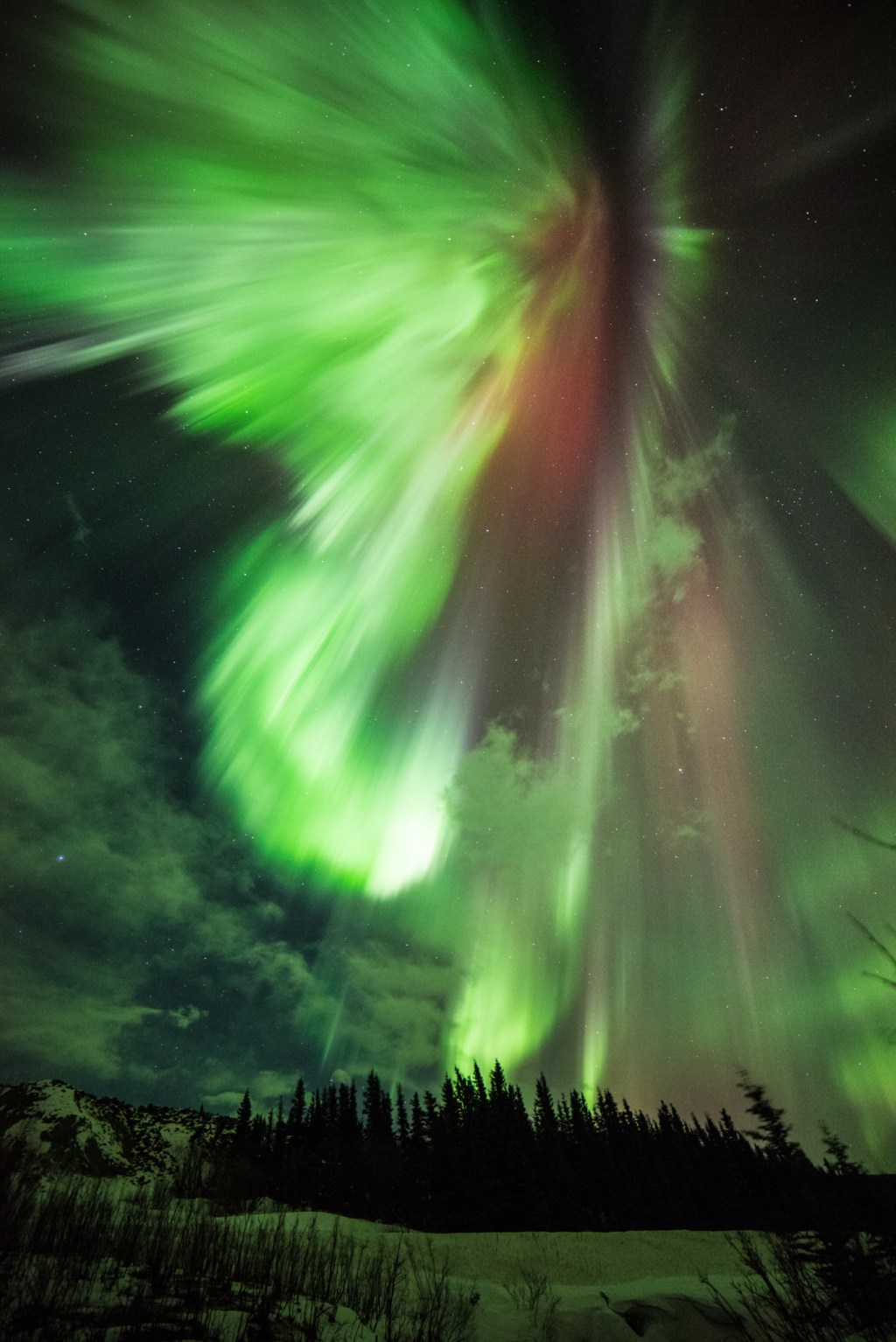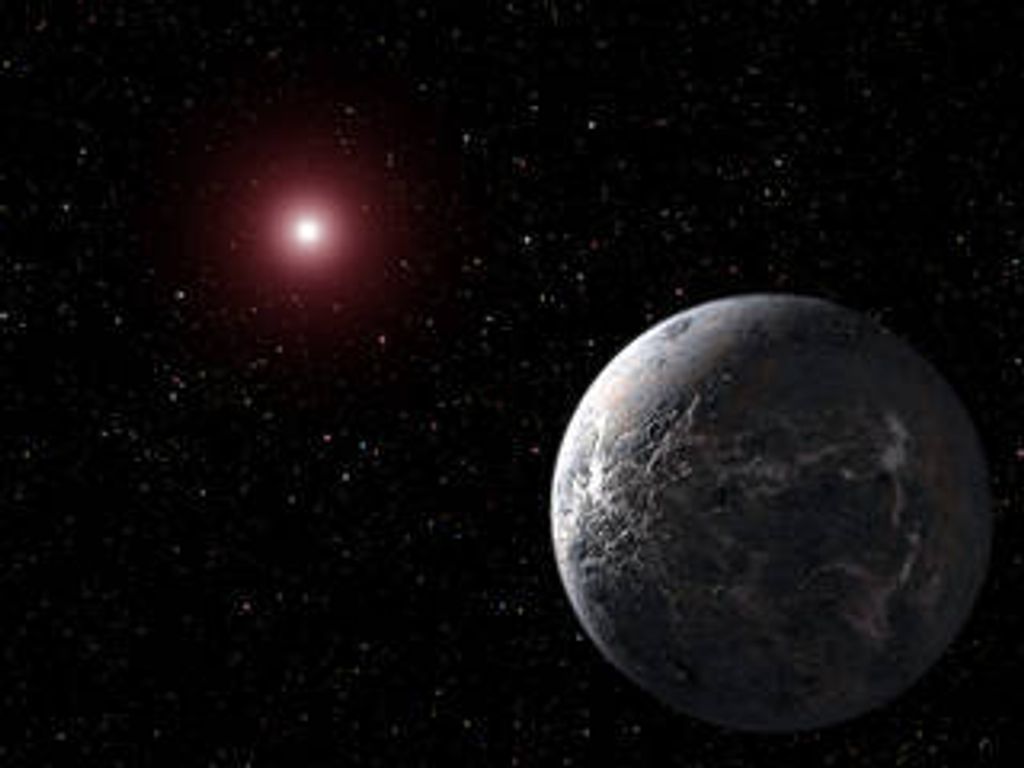1 min read
Supernova Remnant E0102 in the Small Magellanic Cloud

Reminiscent of a U.S. July 4 Independence Day celebration, here is a NASA Hubble Space Telescope image of a cosmic explosion that is quite similar to fireworks on Earth. In the nearby galaxy, the Small Magellanic Cloud, a massive star has exploded as a supernova, and begun to dissipate its interior into a spectacular display of colorful filaments.
The supernova remnant (SNR), known as "E0102" for short, is the greenish-blue shell of debris just below the center of the Hubble image. Its name is derived from its cataloged placement (or coordinates) in the celestial sphere. More formally known as 1E0102.2-7219, it is located almost 50 light-years away from the edge of the massive star-forming region, N 76, also known as Henize 1956 in the Small Magellanic Cloud. This delicate structure, glowing a multitude of lavenders and peach hues, resides in the upper right of the image.
Determined to be only about 2,000 years old, E0102 is relatively young on astronomical scales and is just beginning its interactions with the nearby interstellar medium. Young supernova remnants like E0102 allow astronomers to examine material from the cores of massive stars directly. This in turn gives insight on how stars form, their composition, and the chemical enrichment of the surrounding area. As well, young remnants are a great learning tool to better understand the physics of supernova explosions.
E0102 was observed in 2003 with the Hubble Advanced Camera for Surveys. Four filters that isolate light from blue, visible, and infrared wavelengths and hydrogen emission were combined with oxygen emission images of the SNR taken with the Wide Field Planetary Camera 2 in 1995.
The Small Magellanic Cloud is a nearby dwarf galaxy to our own Milky Way. It is visible in the Southern Hemisphere, in the direction of the constellation Tucana, and lies roughly 210,000 light-years distant.
About the Object
- R.A. PositionR.A. PositionRight ascension – analogous to longitude – is one component of an object's position.01h 4m 1.49s
- Dec. PositionDec. PositionDeclination – analogous to latitude – is one component of an object's position.-72° 1' 55.7"
- ConstellationConstellationOne of 88 recognized regions of the celestial sphere in which the object appears.Tucana
- DistanceDistanceThe physical distance from Earth to the astronomical object. Distances within our solar system are usually measured in Astronomical Units (AU). Distances between stars are usually measured in light-years. Interstellar distances can also be measured in parsecs.The distance to the SMC is roughly 210,000 light-years (64 kiloparsecs).
- DimensionsDimensionsThe physical size of the object or the apparent angle it subtends on the sky.Roughly 3.0 arcminutes (180 light-years or 56 parsecs) wide
About the Data
- Data DescriptionData DescriptionProposal: A description of the observations, their scientific justification, and the links to the data available in the science archive.
Science Team: The astronomers who planned the observations and analyzed the data. "PI" refers to the Principal Investigator.This image was created from HST data from proposals: 12001: J. Green, N. Smith, E. Wilkinson, and M. Shull (University of Colorado, Boulder), J. Morse (NASA/GSFC), and B. Welsh (University of California, Berkeley) 6052: J. Morse (NASA/GSFC), M. Dopita (Australian National University), W. Blair (Johns Hopkins University), J. Raymond (Rutgers University), J. Hughes (Harvard-Smithsonian Center for Astrophysics), R. Kirshner (Harvard University), K. Long (STScI), R. Sutherland (University of Colorado, Boulder), and F. Winkler (Middlebury College). - InstrumentInstrumentThe science instrument used to produce the data.HST>ACS/WFC and HST>WFPC2
- Exposure DatesExposure DatesThe date(s) that the telescope made its observations and the total exposure time.October 15-16, 2003, Exposure Time: 3.4 hours (ACS) and July 4, 1995, Exposure Time: 47 minutes (WFPC2)
- FiltersFiltersThe camera filters that were used in the science observations.ACS: F475W (B), F550M (V), F658N (H alpha), and F775W (i) WFPC2: F502N ([O III])
- Object NameObject NameA name or catalog number that astronomers use to identify an astronomical object.E0102, 1E0102.2-7219
- Object DescriptionObject DescriptionThe type of astronomical object.Supernova Remnant in the Small Magellanic Cloud
- Release DateJuly 31, 2006
- Science ReleaseExtraterrestrial Fireworks
- CreditNASA, ESA, and the Hubble Heritage Team (STScI/AURA); Acknowledgment: J. Green (University of Colorado, Boulder)

This image is a composite of many separate exposures made by the ACS and WFPC2 instrument on the Hubble Space Telescope using several different filters. Five filters were used to sample broad and narrow wavelength ranges. The color results from assigning different hues (colors) to each monochromatic image. In this case, the assigned colors are: Blue: F475W (B) Blue-green: F502N ([O III]) Green: F550M (V) Red-orange: F658N (H alpha + [NII]) Red: F775W (i)

Share
Details
Claire Andreoli
NASA’s Goddard Space Flight Center
Greenbelt, Maryland
claire.andreoli@nasa.gov

